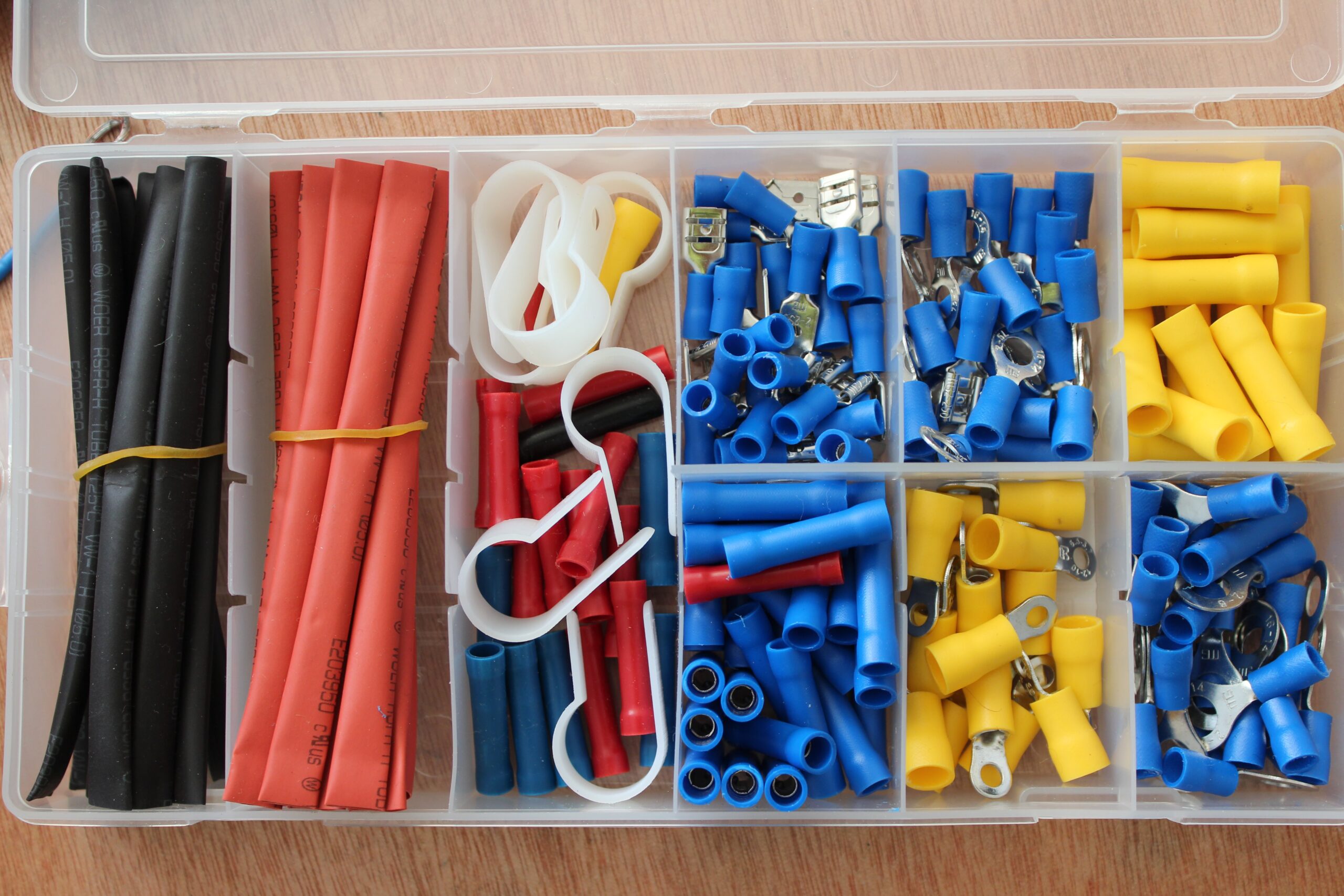Most people think that IP67 means a product is waterproof, but do you know what an IP67 connector is? Before answering what they are for, you should know what IP67 means. The acronym IP stands for Ingress Protection. It was created by the International Electrotechnical Commission (IEC), which functions as a regulatory body that classifies and evaluates the degree of protection of waterproof connectors or wires supplied against the ingress of dust and water. In technical terms, it defines the levels of effectiveness of sealing electrical equipment against the intrusion of foreign bodies.
This classification helps to indicate the resistance and suitability for each type of environment, whether internal or external and under what conditions it will be installed, considering the levels of temperature, noise, humidity, or toxic vapors – common actions in industrial environments, for example. In addition, it is more detailed and reliable information than a simple waterproof, a term widely used years ago. If you usually use products that are waterproof, like waterproof wire connectors, you should know this information.
In this way, when informing the wiring IP, the manufacturer indicates to the consumer the level of safety of the product according to the type of application he wants, increasing the useful life and functionality of the product and helping to increase confidence in the store.
IP connectors wiring ratings: how to interpret it
One of the most common questions that come to our professionals is how to decode the IP and the digits that surround it.
This acronym is always accompanied by two numbers: the first digit indicates the dust resistance in your wire connectors and is classified from 0 to 6. The second shows the water resistance and goes from 0 to 8. The higher the numbers, the greater the product resistance.
IP X (the first numeral indicates protection against solid bodies) X (the second digit indicates protection against liquids).
Each number is interpreted according to a table provided by the certification.
Description of the Degree of Protection of Electrical Equipment:
1st IP number:
Degrees of ingress protection from foreign solid objects in connectors wires
0 – No protection
1 – Protection against solids whose diameter is greater than 50 mm (voluntary contact of one hand)
2 – Protection against solids whose diameter is greater than 12.5 mm (finger contact)
3 – Protection against solids whose diameter is greater than 2.5 mm (contact with tools)
4 – Protection against solids whose diameter is greater than 1 mm (small cables)
5 – Protection against the accumulation of dust and contact with internal parts of the equipment
6 – Full protection against ingress of dust
2nd IP number:
Degrees of protection against water ingress in connectors wires
0 – No protection
1 – Protection against vertical drops of water (moisture)
2 – Protection against falling water drops at an angle of 15 degrees
3 – Protection against falling water drops at an angle of 60 degrees
4 – Protection against water sprayed in either direction
5 – Protection against lighter water jets
6 – Protection against intense sea air, a large accumulation of liquids, or jets of water with pressure
7 – Protection against temporary immersion of up to 1 meter and for a period of up to 30 minutes
8 – Protection against complete submersion, against prolonged immersion in pressure situations
The IP67-rated connectors are protected against the ingress of dust and temporary immersion in water. And they are ideal for industrial applications in the most varied segments, whether in a manufacturing process or even installed outdoors. Using equipment with an adequate degree of protection drastically reduces the incidence of failures, even in aggressive environments and under severe conditions, especially when we are talking about the ingress protection of wires.





























